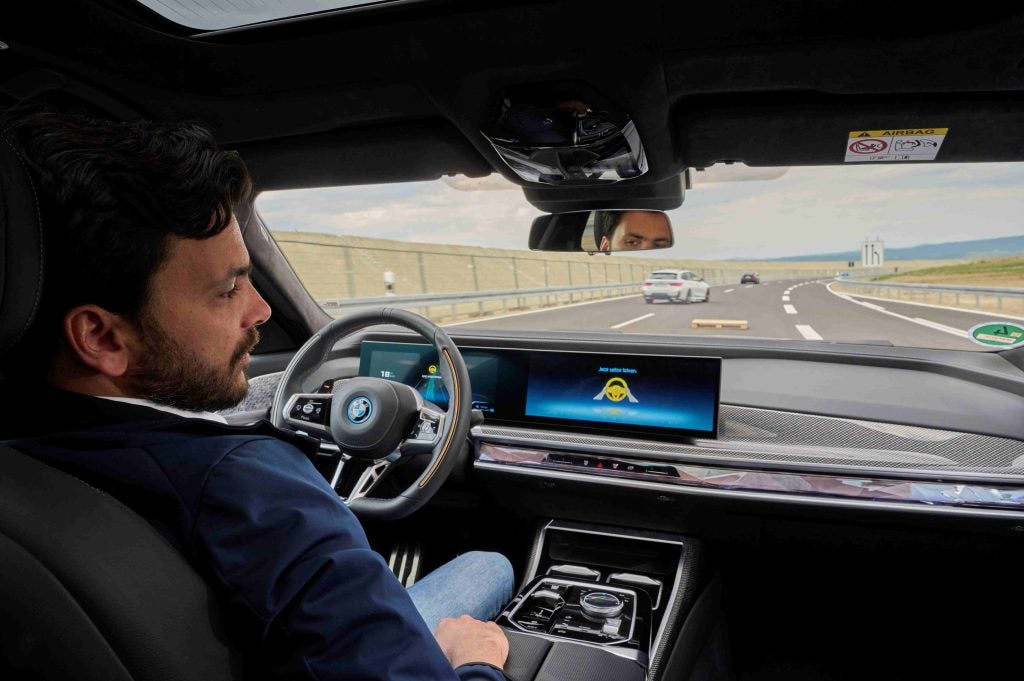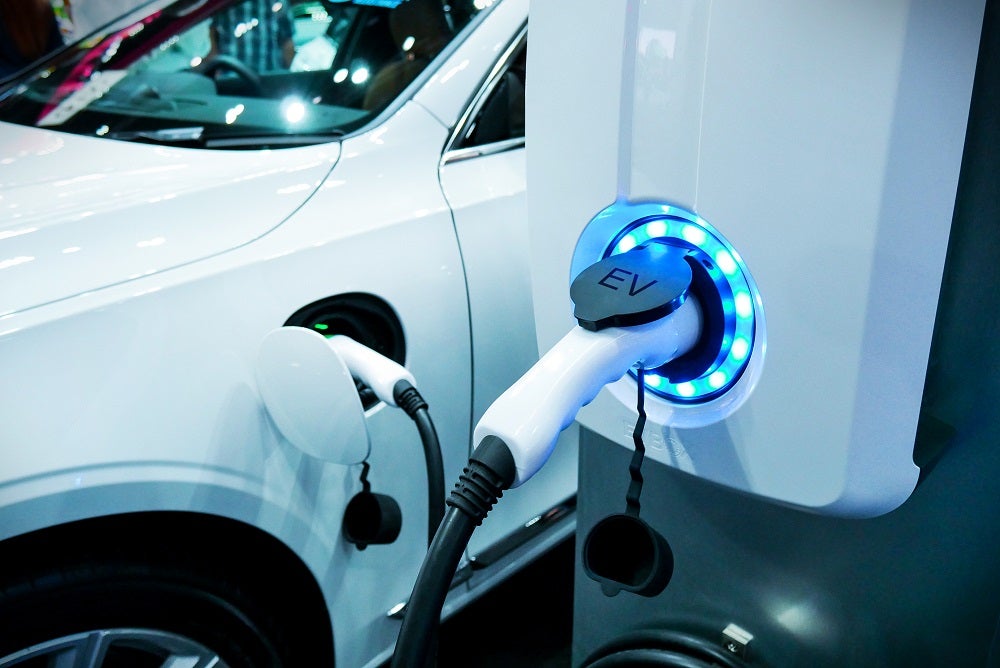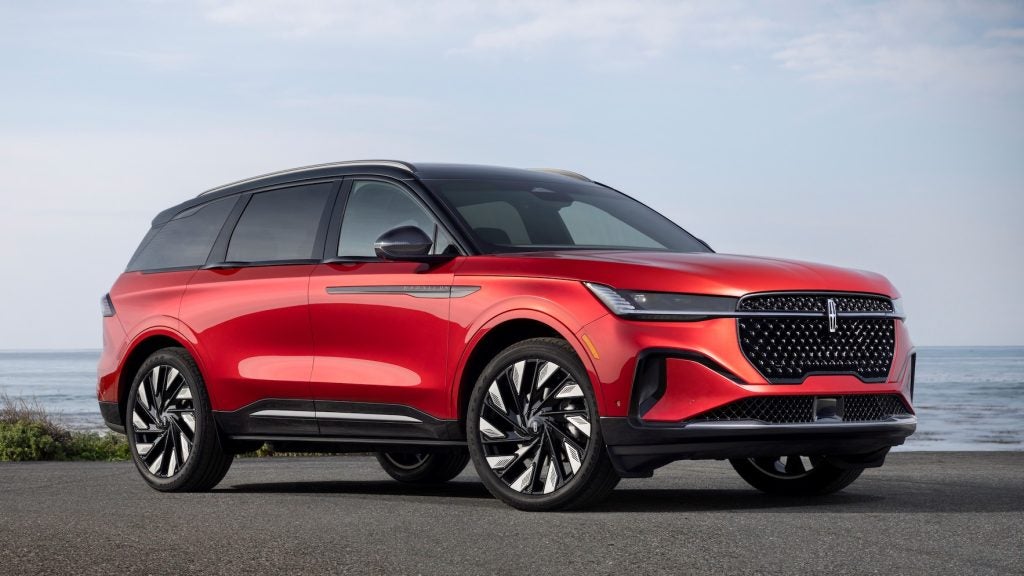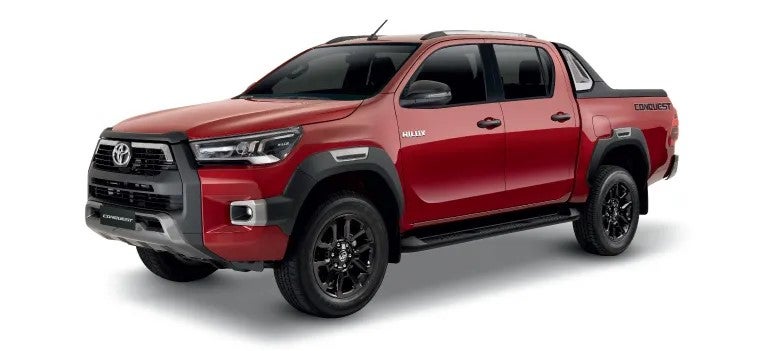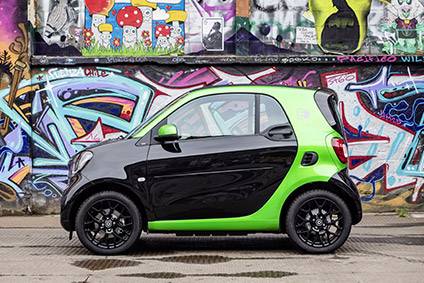
Following on from the exploration of Mercedes-Maybach‘s current and future models line-up, the second feature in just-auto’s focus on the brands of Daimler AG is smart.
Having sold a record 144,479 cars in 2016, smart division seems to be looking towards a brighter future than many had believed. Sales in the USA remain challenging (just 365 cars delivered in April) and the company’s CEO Annette Winkler recently refuted suggestions that a withdrawal of smarts with combustion engines in that market is the first step towards an exit from America.
From the start of the 2018 model year in North America, only the electric versions of the sole smart model sold there, the fortwo, will be offered. There are also no plans for a crossover or SUV, Winkler continues to state when asked. The emphasis for the brand must remain on small cars for cities, the CEO insists.
The global model range consists of two models, built in two plants.
Two seats…
The fortwo is manufactured at the smartville factory in France, while the larger forfour is put together in Slovenia at Groupe Renault’s Novo Mesto plant.
How well do you really know your competitors?
Access the most comprehensive Company Profiles on the market, powered by GlobalData. Save hours of research. Gain competitive edge.

Thank you!
Your download email will arrive shortly
Not ready to buy yet? Download a free sample
We are confident about the unique quality of our Company Profiles. However, we want you to make the most beneficial decision for your business, so we offer a free sample that you can download by submitting the below form
By GlobalDataBoth cars use Edison, a rear-engined, rear-wheel drive architecture, which is shared with the Renault Twingo. The latter is the same car as the forfour but with a different body. There is no Renault version of the smaller fortwo, nor is there an electric Twingo.
Daimler previewed some of the third generation fortwo’s styling elements when it displayed the forvision concept at the Frankfurt motor show in September 2011. That vehicle, which had an electric powertrain, also had BASF heat-reflecting paint, lightweight plastic wheels and a transparent roof with embedded solar cells.
There was a second concept, the forstars, at the Paris motor show in September 2012. This car was noticeably larger than the then current fortwo and was instead a preview of the forfour.
Daimler spent EUR200m preparing smartville for production of the third generation fortwo. This site is in the north east of France, below Luxembourg and close to the border with Germany.
What Daimler calls smart division’s ‘system partners’ on site at smartville include Magna Chassis (tridion safety cell), Magna Doors (doors, tailgate), Faurecia (body panels), ThyssenKrupp (rear-wheel drive module and front axle) and SAS (cockpit). These suppliers have extensive responsibility for their modules: for example, Magna Doors uses special geometry stations to check the exact fit of the fortwo’s doors, eliminating the need for further adjustment when they are connected with the vehicle in final assembly.
The current fortwo is a shorter version of the forfour. Like the longer, four-door car, it is available with a five-speed manual gearbox or a ‘twinamic’ six-speed dual clutch transmission.
Engine choice at launch consisted of a 52kW/71hp 999cc three-cylinder normally aspirated petrol unit or a 66kW/90hp 898cc turbo. A few months later, a 45kW/60hp 999cc engine was added. Unlike the previous generation fortwo, there is no diesel, nor is such an engine offered in the forfour.
Daimler stated in July 2014 that the fortwo and forfour would be on sale across Europe from the November, with four-door cars priced some EUR600 more than the equivalent fortwo. The cars’ public debuts were at the Paris motor show in October 2014.
A standard feature that was new with this generation model is Crosswind Assist. Designed to keep the car stable on high bridges or when overtaking trucks, it carries out specific braking intervention when the vehicle threatens to drift off track. As a result, less countersteering effort is required of the driver. Crosswind Assist is active from 80 km/h when driving straight ahead and in gentle bends. The ESP indicator lights up in the instrument cluster in response to noticeable intervention by Crosswind Assist.
The current fortwo was new in North America for that region’s 2016 model year, going on sale there during the second half of CY2015.
The fortwo cabrio had its world premiere at September 2015’s Frankfurt IAA. It became available worldwide from February 2016 but did not reach North America for a further five months. The fortwo cabrio Brabus was a world premiere at the Geneva motor show in March 2016.
There should be mid-life facelifts for the two-door coupe and cabriolet body styles in 2018 ahead of replacements in the third or fourth quarters of 2021. These should be based upon a refreshed version of the Edison architecture.
…electric…
The fortwo electric drive (see image) went into production at Hambach in October 2016. It was revealed at the 2016 Paris motor show, going on sale first in the USA during December and then across Europe from early 2017.
The motors are built in France at Renault’s Cléon plant, while the battery is sourced from Deutsche ACCUmotive’s Kamenz factory in Germany. The latter firm is a Daimler subsidiary.
…four seats
Edison, as noted above, is also used for the four-seater smart. It is built on the same production line as the Renault Twingo at Revoz in Novo Mesto but only the forfour is available with a plug-in powertrain.
The four-seater smart was previewed by the fourjoy concept at September 2013’s Frankfurt motor show. Both the fortwo and forfour went on sale across Europe from November 2014.
The forfour is more or less a longer version of the fortwo. It too is available with either a five-speed manual transmission or twinamic six-speed dual clutch gearbox. Engine choice at launch consisted of a 52kW/71hp 999cc three-cylinder normally aspirated petrol unit or a 66kW/90hp 898cc turbo. A few months after launch, a 45kW/60hp 999cc engine was added. The Brabus forfour premiered at the Beijing motor show in April 2016. It is powered by an 80kW/109hp version of the 1.0-litre turbo engine.
The car’s rear doors open to almost 90 degrees, while all variants have a fold-flat front passenger’s seat.
…a plug-in four-seater…
As for the combustion engined forfours, the electric drive is manufactured at Revoz/Novo Mesto. And, just as happens with the fortwo electric drive, the motor is sourced from Renault’s elderly but reinvented Cléon powertrain plant. The battery is supplied by Deutsche ACCUmotive.
As for the smaller smart EV, the four-seat model was launched to the media and the public at the 2016 Paris motor show, going on sale across Europe from early 2017. Its lifecycle will follow that of the cars with petrol engines.
…and perhaps an A segment SUV in 2021?
A facelift for the forfour should be revealed at the same time as the fortwo. That might well be at either the Frankfurt IAA this September, or else at Geneva next March. A new generation of the four-seater smart should appear in 2021. Instead of being a hatchback, it is more likely to look like a crossover/SUV so as to add sales appeal. It may well be that Mercedes-Benz USA adds this car to the smart model range for the 2022 model year. At present, only the fortwo is offered there.
Towards a quarter of a million annual deliveries?
It would be a major achievement if smart can get there, but the global sales target must surely be a combined 200,000-250,000 vehicles being built and sold profitably per annum, by the first few years of the next decade. Another goal for Daimler’s smallest division is to continue its rapidly expanding progress in the area of car sharing as part of the car2go initiative.
Future model plan reports for other manufacturers can be viewed in the OEM product strategy summaries section of just-auto.com.
Future product program intelligence
Additional data on vehicle lifetime and future product plans, such as model codenames, are available in PLDB from QUBE.



